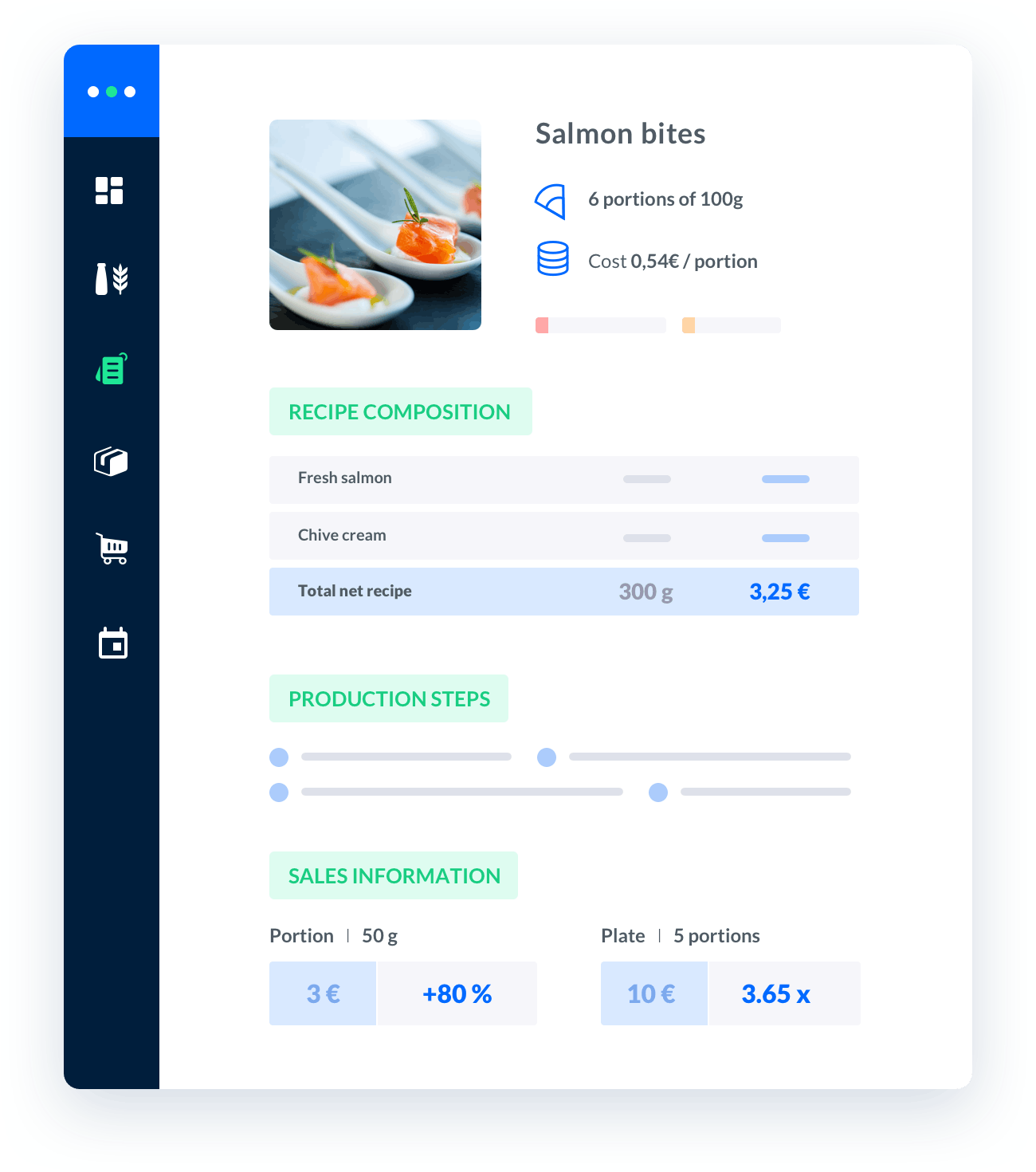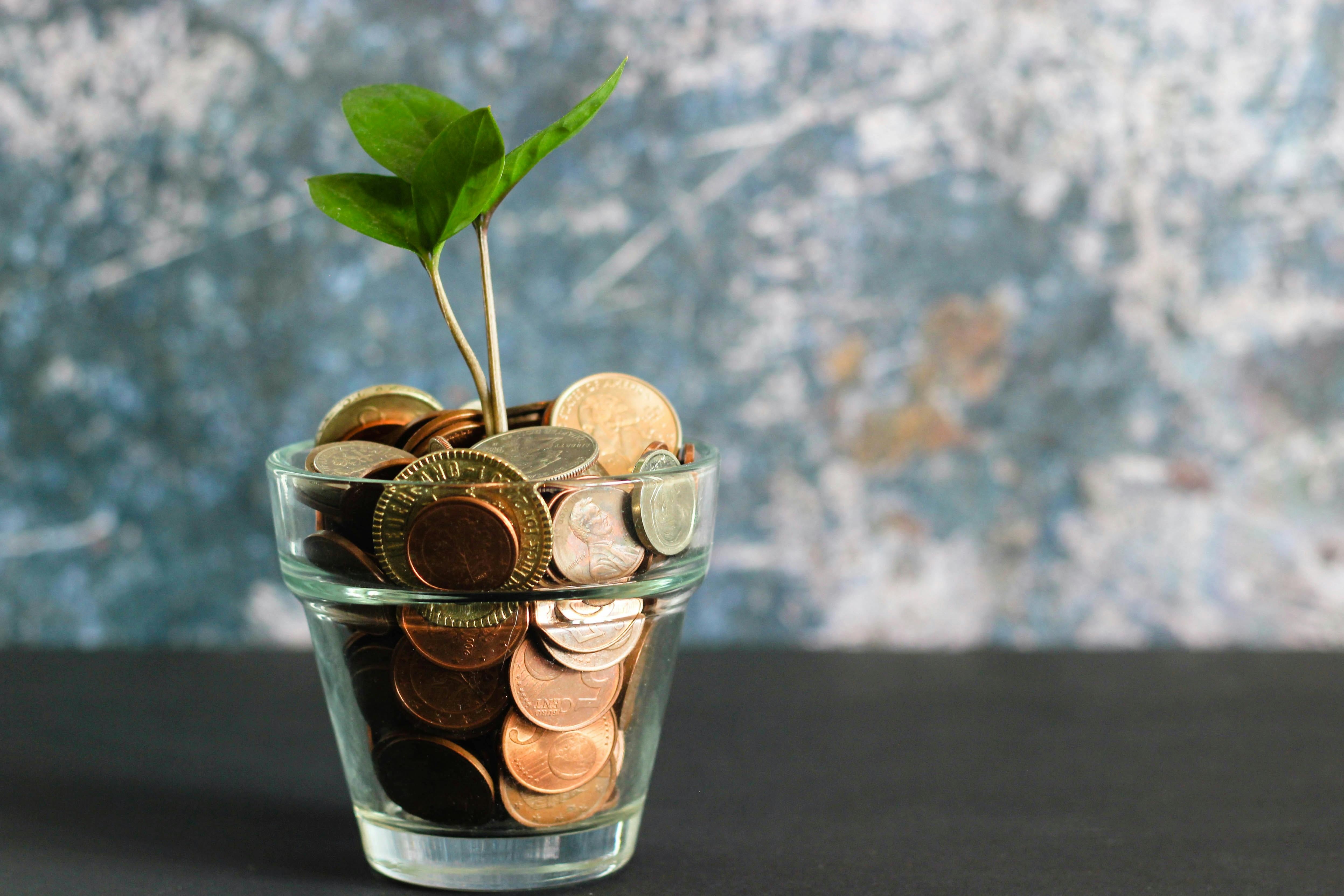how to calculate food cost for a recipe pdf
When it comes to running a successful catering business, one of the key aspects to consider is the cost of food.Calculating food cost for a recipe is important as it helps you determine the profitability of your dishes and allows you to make informed decisions about pricing.

Melba: the food cost app to optimize the profitability of your restaurant
Discover how to optimize the profitability of your restaurant with melba

The ultimate guide to food cost restaurant
Learn more about the food cost basis and how to reduce your food cost percentage
When it comes to running a successful catering business, one of the key aspects to consider is the cost of food. Calculating food cost for a recipe is important as it helps you determine the profitability of your dishes and allows you to make informed decisions about pricing. In this comprehensive guide, we will walk you through the step-by-step process of calculating food cost for a recipe in PDF format.
Understanding Food Cost
Before diving into the calculation process, it's crucial to understand what food cost actually means. Food cost refers to the total cost incurred in purchasing the ingredients needed for a specific recipe or menu item. This includes the cost of raw materials, such as vegetables, meats, spices, and any other ingredients used in the recipe.
Factors Affecting Food Cost
Several factors can impact the food cost for a recipe. It's important to take these factors into account when calculating the cost:
- The cost of ingredients: The price of ingredients can vary depending on factors such as seasonality, quality, and availability.
- Portion sizes: The portion size of the recipe affects the quantity of ingredients required, thereby influencing the overall cost.
- Waste and spoilage: Food waste and spoilage can increase the cost, so it's important to consider these factors when calculating food cost.
- Overhead expenses: Overhead expenses, such as utilities and labor costs, should also be factored into the overall food cost.
Calculating Food Cost for a Recipe
Now let's dive into the step-by-step process of calculating food cost for a recipe:
Step 1: List the Ingredients
Begin by listing all the ingredients required for the recipe. Make sure to include every single ingredient, no matter how small the quantity.
Step 2: Determine Ingredient Quantities
Once you have the list of ingredients, determine the quantities needed for the recipe. This can be done by referring to the recipe itself or using a standardized recipe card.
Step 3: Research Ingredient Prices
Research the current prices of the ingredients you listed. This can be done by visiting local grocery stores, contacting suppliers, or utilizing online resources. Note down the prices for each ingredient.
Step 4: Calculate Total Ingredient Cost
Multiply the quantity of each ingredient by its respective price to calculate the cost of each ingredient. Sum up the costs to obtain the total ingredient cost.
Step 5: Factor in Waste and Spoilage
Estimate the amount of waste and spoilage that typically occurs during the preparation of the recipe. Multiply the total ingredient cost by the waste percentage to account for these losses.
Step 6: Include Overhead Expenses
Factor in the overhead expenses that are associated with the recipe. This can include the cost of utilities, labor, and other operational costs. Divide the total overhead expenses by the number of servings to determine the overhead cost per serving.
Step 7: Calculate Food Cost per Serving
Add the total ingredient cost (including waste and spoilage) and the overhead cost per serving. Divide this sum by the number of servings to calculate the food cost per serving.
Tips for Controlling Food Costs
Controlling food costs is vital for the success of any catering business. Here are some tips to help you keep your food costs in check:
1. Regularly Review Ingredient Prices
Keep an eye on ingredient prices and update your cost calculations accordingly. This will help you make adjustments when prices fluctuate, ensuring you maintain profitability.
2. Minimize Waste and Spoilage
Implement proper inventory management practices to minimize waste and spoilage. Use the first-in, first-out (FIFO) method to ensure older ingredients are used first, reducing the chances of spoilage.
3. Optimize Portion Sizes
Analyze portion sizes and consider adjusting them to optimize ingredient usage. Finding the right balance between portion size and cost can significantly impact your food cost calculations.
4. Source Ingredients Smartly
Research different suppliers and compare prices to find the most cost-effective options. Establishing strong relationships with reliable suppliers can help you negotiate better prices and secure better deals.
5. Monitor and Control Overhead Expenses
Regularly review your overhead expenses and identify areas where you can cut costs without compromising quality. Look for ways to optimize labor and streamline operations to reduce overhead expenses.
By following these tips and utilizing a systematic approach to calculate food cost for your recipes, you can ensure the profitability of your catering business while delivering delicious meals to your customers.






